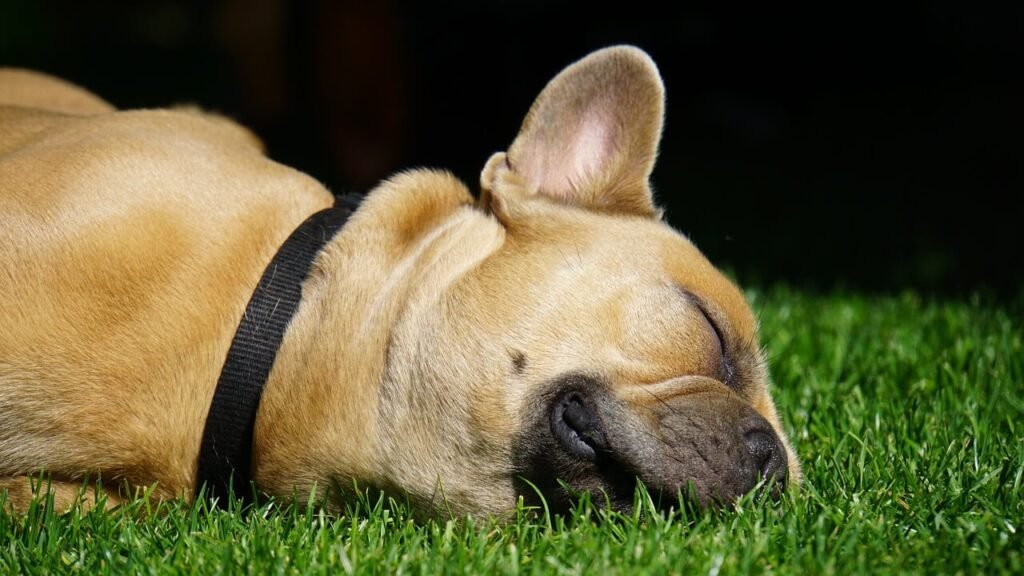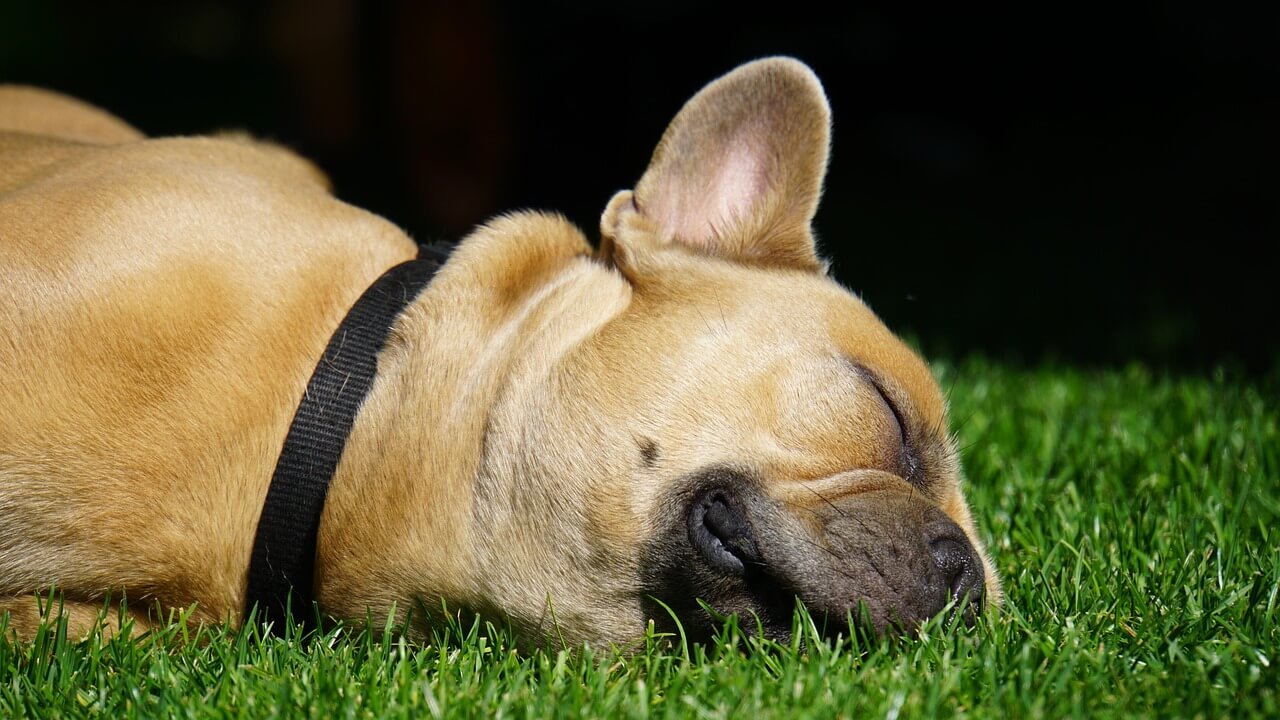What to Do If Your Dog Ate a Corn Cob but Is Pooping Normally
As pet owners, we’ve all been there—those moments when our furry friends get into something they shouldn’t. Whether it’s raiding the trash or sneaking food off the counter, dogs have a knack for turning our lives into mini-adventures. But what happens when your dog eats something unusual, like a corn cob? You might be wondering if this is a cause for concern, especially if your pup seems to be pooping normally afterward.
While it’s easy to panic, understanding the situation and knowing how to respond can make all the difference. In this blog post, we’ll explore what you need to know about this common yet potentially risky scenario, offering guidance on how to keep your dog safe and healthy.
Signs That Your Dog May Be Fine After Eating a Corn Cob
If your dog has eaten a corn cob but is still pooping regularly, it’s natural to feel a mix of relief and caution. Here are some key signs that your dog might not be in immediate danger:
- Normal Bowel Movements: If your dog is passing stool without difficulty and there’s no blood or mucus present, this is a positive sign.
- No Vomiting: The absence of vomiting suggests that the corn cob may not be causing an obstruction in the stomach or intestines.
- Regular Appetite: If your dog is eating and drinking as usual, it indicates that their digestive system is functioning properly.
- Active Behavior: A playful and energetic dog is typically a healthy one, showing no signs of discomfort or pain.
- No Signs of Abdominal Pain: If your dog isn’t whining, pacing, or showing sensitivity around their belly, it’s less likely there’s an issue.
While these signs are reassuring, it’s important to remain vigilant. Even if your dog seems fine now, complications can arise later, so monitoring them closely is essential.
Potential Risks of Corn Cobs for Dogs
Although your dog may seem fine after consuming a corn cob, it’s crucial to understand the potential dangers associated with this behavior. Corn cobs can pose serious health risks, even if your dog is currently pooping without issues.
- Risk of Blockages: Corn cobs are not easily digestible and can cause intestinal blockages, which may require surgery to resolve.
- Choking Hazard: Larger pieces of corn cob can become lodged in your dog’s throat, leading to choking or breathing difficulties.
- Tooth Damage: Chewing on hard objects like corn cobs can result in cracked or broken teeth.
- Digestive Upset: Even if there’s no blockage, the cob can irritate your dog’s stomach, leading to diarrhea or vomiting.
- Sharp Fragments: Broken pieces of corn cob can create sharp edges that may injure your dog’s mouth or digestive tract.
Understanding these risks reinforces the importance of preventing your dog from accessing corn cobs in the future. Always supervise your pet during meals and dispose of hazardous items like cobs safely.
Expert Opinion: Dr. Sarah Collins, Veterinarian and Pet Health Specialist
“While some dogs may pass small pieces of corn cobs without issue, the risk of intestinal blockages remains significant. Corn cobs are not digestible and can cause serious complications, even if your dog initially seems fine. Always consult your veterinarian if you suspect your dog has ingested a foreign object—it’s better to be safe than sorry.”
Check this guide 👉 Why Does My Dog Poop So Much? Best 7 Expert Tips!
Check this guide 👉 Best 7 Expert Tips Why Your Dog is Pooping Blood!
Check this guide 👉 Top 5 Best Dog Poop Bag Holders for Ultimate Convenience!

Safe Foods | Unsafe Foods |
|---|---|
Carrots (plain, cooked) | Corn cobs |
Plain cooked chicken | Grapes and raisins |
Blueberries | Chocolate |
Pumpkin (plain, canned) | Onions and garlic |
Apples (seedless) | Bones (cooked or raw) |
Steps to Take If Your Dog Eats a Corn Cob
If you discover that your dog has eaten a corn cob, it’s important to act quickly while staying calm. Here’s a step-by-step guide to help you navigate the situation:
- Assess the Situation: Determine how much of the corn cob was consumed and whether any large pieces were swallowed.
- Monitor Behavior: Watch for signs of distress, such as vomiting, lethargy, or abdominal pain.
- Check Their Stool: Look for fragments of the corn cob in their poop to confirm that it’s passing through their system.
- Contact Your Vet: Even if your dog seems fine, consult your veterinarian for professional advice tailored to your pet’s needs.
- Prevent Future Incidents: Store food waste securely and train your dog to avoid harmful items.
By taking these steps, you can minimize the risk of complications and ensure your dog stays healthy.
Tips for Preventing Your Dog from Eating Harmful Objects
Prevention is always better than cure, especially when it comes to protecting your dog from dangerous items like corn cobs. Here are some practical tips to help you safeguard your pet:
- Supervise Meal Times: Keep an eye on your dog during meals to prevent them from grabbing unsafe items.
- Use Secure Trash Bins: Invest in pet-proof trash cans to stop your dog from rummaging through garbage.
- Teach the “Leave It” Command: Training your dog to ignore tempting objects can save them from harm.
- Provide Chew Toys: Offer safe alternatives to satisfy your dog’s chewing instincts.
- Create a Safe Environment: Remove small or hazardous items from areas where your dog spends time.
By implementing these strategies, you can reduce the likelihood of your dog encountering harmful objects and ensure their well-being.
Common Symptoms of Digestive Issues in Dogs
If your dog has eaten something unusual, like a corn cob, it’s important to be aware of the common symptoms that may indicate digestive problems. While regular pooping is a good sign, other symptoms could signal underlying issues. Here are some key indicators to watch for:
- Diarrhea: Loose or watery stool can suggest irritation in the digestive tract.
- Vomiting: Frequent vomiting may point to an obstruction or gastrointestinal upset.
- Lethargy: A lack of energy or enthusiasm can indicate discomfort or illness.
- Loss of Appetite: Refusal to eat is often a sign that something is wrong internally.
- Straining During Bowel Movements: Difficulty passing stool can suggest a partial blockage.
By recognizing these symptoms early, you can seek veterinary care promptly and prevent complications from worsening. Always trust your instincts as a pet owner—if something seems off, it’s better to err on the side of caution.
Safe Alternatives to Corn Cobs for Chewing
Dogs love to chew, but not all objects are safe for them to gnaw on. If your dog is drawn to chewing items like corn cobs, it’s essential to provide safer alternatives to satisfy their natural instincts. Here are some excellent options to consider:
- Rubber Chew Toys: Durable and designed for heavy chewers, these toys are safe and long-lasting.
- Rawhide-Free Treats: Look for edible chews made from natural ingredients without harmful additives.
- Kongs Stuffed with Peanut Butter: These interactive toys keep dogs entertained while being completely safe.
- Bully Sticks: High-protein chews that are digestible and satisfying for most dogs.
- Frozen Carrots: A healthy, crunchy snack that doubles as a teeth-cleaning treat.
Providing safe chewing options not only protects your dog’s health but also keeps them mentally stimulated and happy. Always supervise your dog during chewing sessions to ensure their safety.
How to Create a Dog-Friendly Home Environment
Preventing your dog from accessing harmful objects like corn cobs starts with creating a dog-friendly home environment. By taking proactive steps, you can minimize risks and keep your pet safe. Here are some practical tips to make your home more secure:
- Store Food Out of Reach: Keep counters clear and store food in sealed containers to avoid temptation.
- Use Pet-Proof Trash Cans: Opt for bins with locking lids to prevent your dog from scavenging.
- Designate a Safe Space: Create a specific area where your dog can relax without access to dangerous items.
- Install Baby Gates: Use gates to block off areas of the house where hazards might be present.
- Teach Basic Commands: Reinforce commands like “leave it” and “drop it” to redirect unwanted behavior.
A well-prepared home not only protects your dog but also gives you peace of mind. With a little effort, you can create a space where your furry friend can thrive safely.
Frequently Asked Questions About Dogs Eating Corn Cobs
Can a dog pass a corn cob naturally?
In some cases, small pieces of corn cob may pass through a dog’s digestive system without issue. However, larger pieces can cause blockages, requiring veterinary intervention.
What are the symptoms of a blockage in dogs?
Symptoms include vomiting, loss of appetite, lethargy, abdominal pain, and inability to pass stool.
Should I induce vomiting if my dog eats a corn cob?
Inducing vomiting should only be done under the guidance of a veterinarian, as it may not always be safe or effective.
How long does it take for a dog to pass a corn cob?
It can take anywhere from 12 to 48 hours for a dog to pass a corn cob, depending on its size and the dog’s digestive system.
Can corn cobs cause long-term damage to a dog’s health?
Yes, if a corn cob causes an obstruction or injury, it can lead to serious complications that may require surgery or prolonged treatment.
Stay Vigilant and Keep Your Dog Safe
While it’s reassuring to see your dog pooping normally after eating a corn cob, it’s essential to remain cautious and monitor their health closely. Understanding the risks and taking preventive measures can help you avoid similar incidents in the future. Remember, your dog relies on you to keep them safe, so always prioritize their well-being by creating a secure and supervised environment. By staying informed and proactive, you can ensure that your furry friend remains happy, healthy, and free from harm.
Understanding Scabs in Dogs Ears: Best 7 Tips! Learn how to identify, treat, and prevent scabs in your dog’s ears for optimal ear health.
Is Cinnamon Bad for Dogs? Best 7 Health Tips! Discover safe ways to use cinnamon, risks to avoid, and expert advice to keep your dog healthy.
Can Dogs Get Pneumonia from Humans? Best 7 Tips! Learn how to protect your dog, understand transmission risks, and ensure their respiratory health.
Can Dog Urine Make You Sick? Best 7 Health Tips! Learn how to stay safe, prevent illness, and handle exposure to dog urine effectively.





